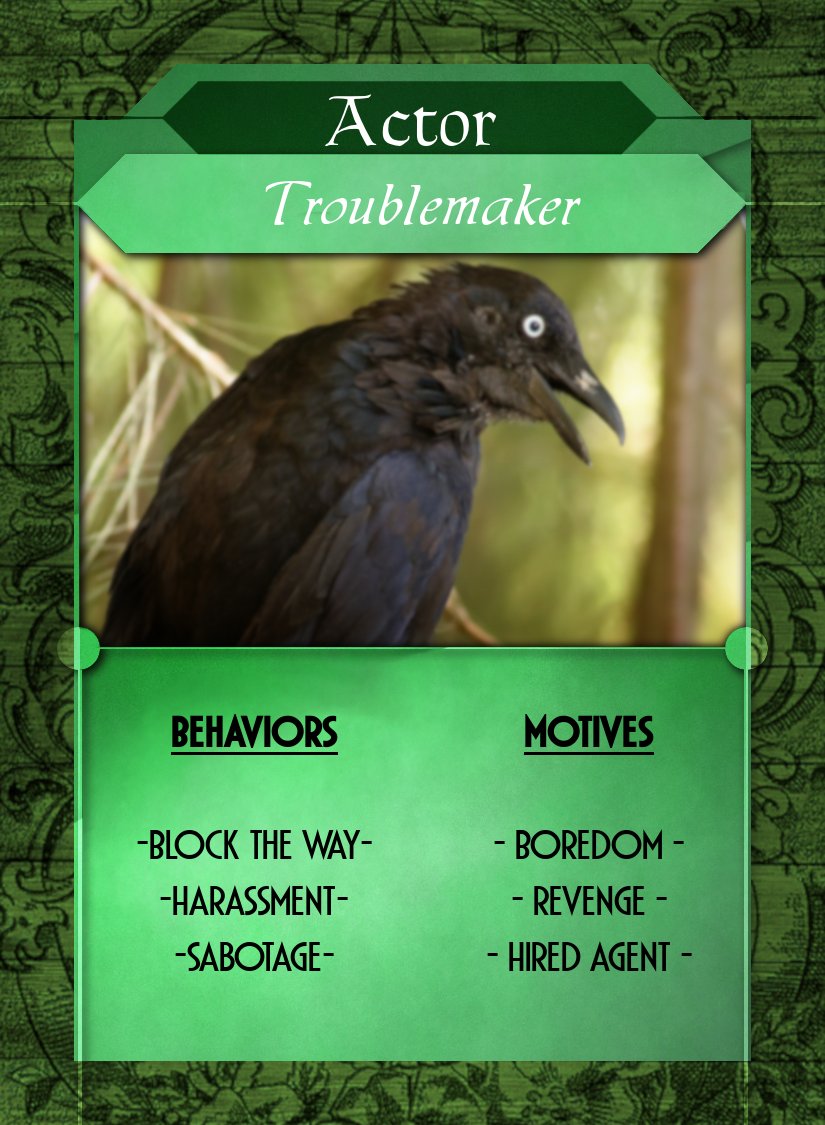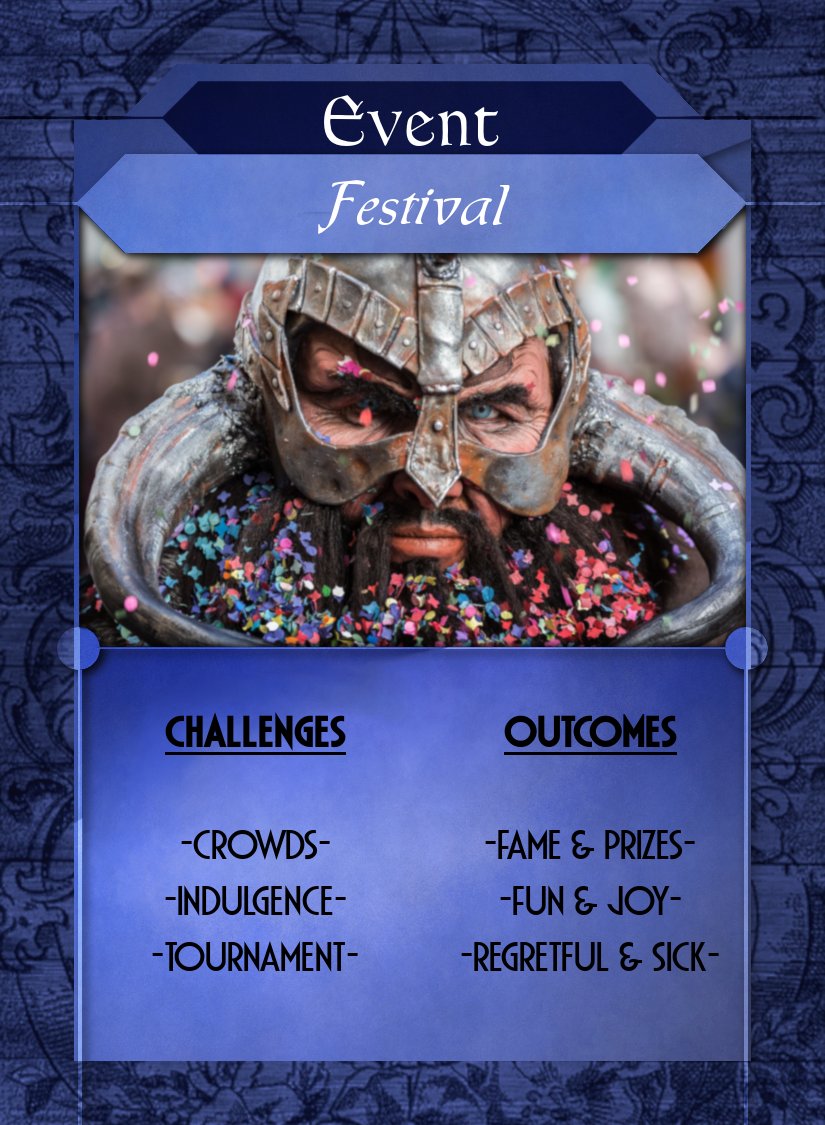@MALTSCHLITZMANN, @KevinPetker, @rpg_solo We Came In Peace Prelude. A thread. #indiegame #solorpg #horror #alien #whogoesthere #ttrpg #weirdfiction #pulp
You came in peace, just as you did countless times before. You offered relief from pain, a cure for chaos. (1/x)
You came in peace, just as you did countless times before. You offered relief from pain, a cure for chaos. (1/x)
Through your probes, you heard their cries of anguish and conflict. Your duty compelled you to answer their pleas. Unlike all the times before, something went terribly wrong. You crashed into the unforgiving ice. Most of you was lost in the disaster. (2/8)
The people struggled and fought. You thought your first encounters were your fault. You committed horrible crimes in your confused panic. You struggled to hold yourself together and grasp your identity. You thought your lack of control and broken memories were to blame. (3/8)
They were not. Despite the best efforts of those monsters, you survived. You travelled on, still confused. You found a small settlement. The first few heard your pain and your good news alike. In sympathy and hope, they accepted your offer of peace. (4/8)
Only then, with enough of your mind restored, did you understand the horror you stumbled upon. Throughout the galaxies, almost all species are at least eusocial or somehow complexly interconnected. On this planet... (5/8)
...only the most primordial lifeforms form even rudimentary colonies. It is an entire world of atomistic Splinters! Even what they call hives creatures are madness and chaos. Too late you realized your mistake and the others reacted to the union with hate. (6/8)
They came with rage and fire. Before you could blame your fragmented state, but this time you made the choice. You sacrificed your soul to force union on the unwilling, their individualistic instincts twisting you. (7/8)
You came in peace. Now you must do what you must to get help and/or escape before you are lost. (8/8)
@threadreaderapp unroll
• • •
Missing some Tweet in this thread? You can try to
force a refresh
















